What To Look Out For - September 2016
September is the month when many naturalists become excited about animal migration. From massive Gannets leaving their breeding ledges on their way to the Bay of Biscay, to delicate Red Admiral butterflies crossing the North Sea to reach Yorkshire’s shore, migration is amazing!
In our gardens wherever we may live we can find migrant insects. One of the most spectacular is the Migrant Hawker dragonfly. You can look out for them almost anywhere there are warm woodland garden or hedgerow habitats rich in insects; they don’t always need to be near water. They can be found well into autumn even into November when all other dragonflies have usually disappeared. As with many other insects Migrant Hawkers breed in England but in September numbers increase as we receive continental migrants. With close views the pale blue spots and yellow flecks, dark blue eyes and pale yellow and blue patches on the thorax can be seen on the male. The female has yellowish spots with brown tinted eyes. If you get a really close view, look out for the toothed jaws used for catching small insect prey.
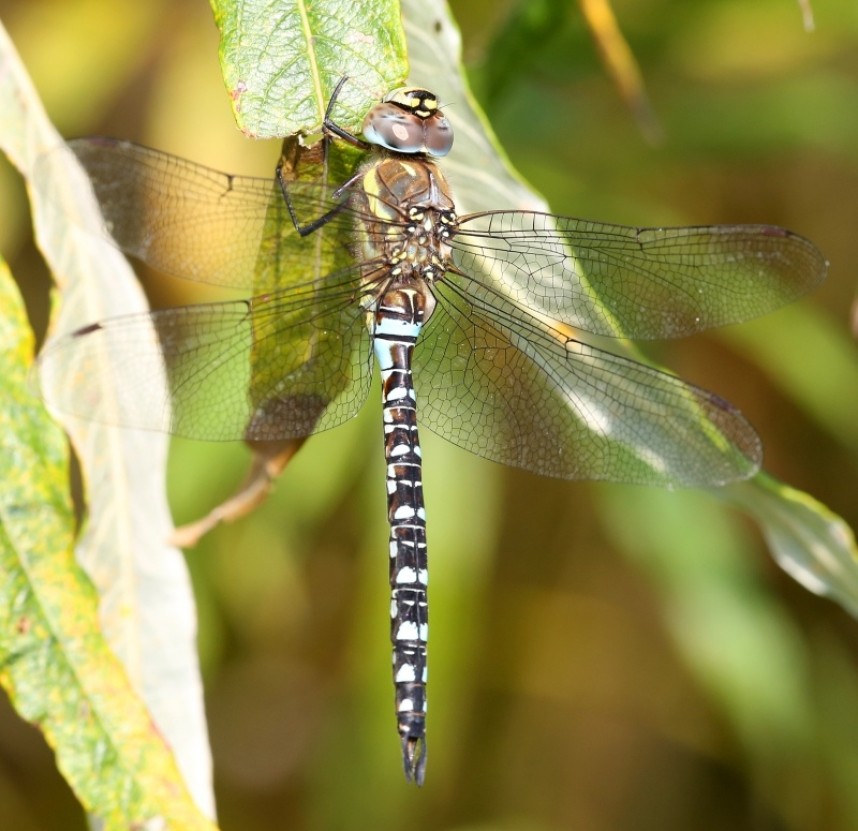
Migrant Hawker © Dan Lombard
A very distinctive butterfly to look out for this month is the aptly named Comma. A small white comma shape can be seen on the underwing of this bright orange butterfly which is similar in size to a Small Tortoiseshell. Commas have two broods one in spring and one in late autumn with numbers often peaking in September.
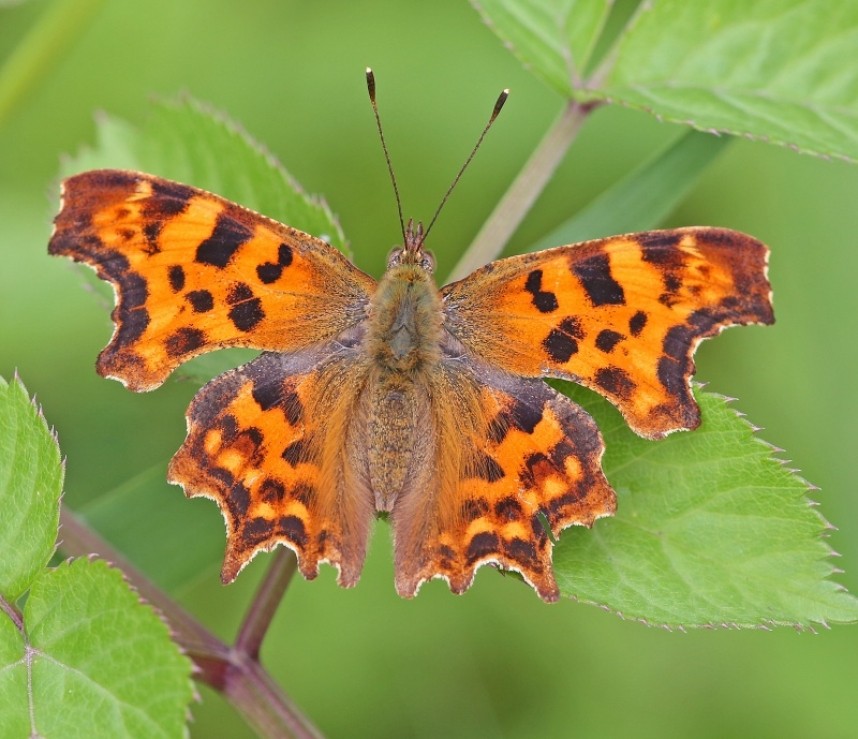
Comma © Dan Lombard
Many of our familiar songbirds can be seen in large flocks this month. East and North Yorkshire are great for Tree Sparrows which have declined in many other parts of the country. In September numbers are swelled by juveniles from the breeding season. An irresistible urge to migrate pushes small flocks to the coast where they can be seen rising high into the sky before swirling around in what looks like hesitation before some birds leave the group and move south. These birds are often counted by birdwatchers on the coast and compared with previous years totals at this time of year. A scheme is underway at Filey Bird Observatory (in partnership with BTO and RSPB) to colour ring juveniles which can then be seen and registered by birdwatchers further afield to give a clearer idea of their migration. If you see a bird with a light blue ring on its leg this will have been rung at Filey. If you do see one we would be very pleased to know where you saw it, the date and how many birds, you can send the information in by emailing ringing@fbog.co.uk
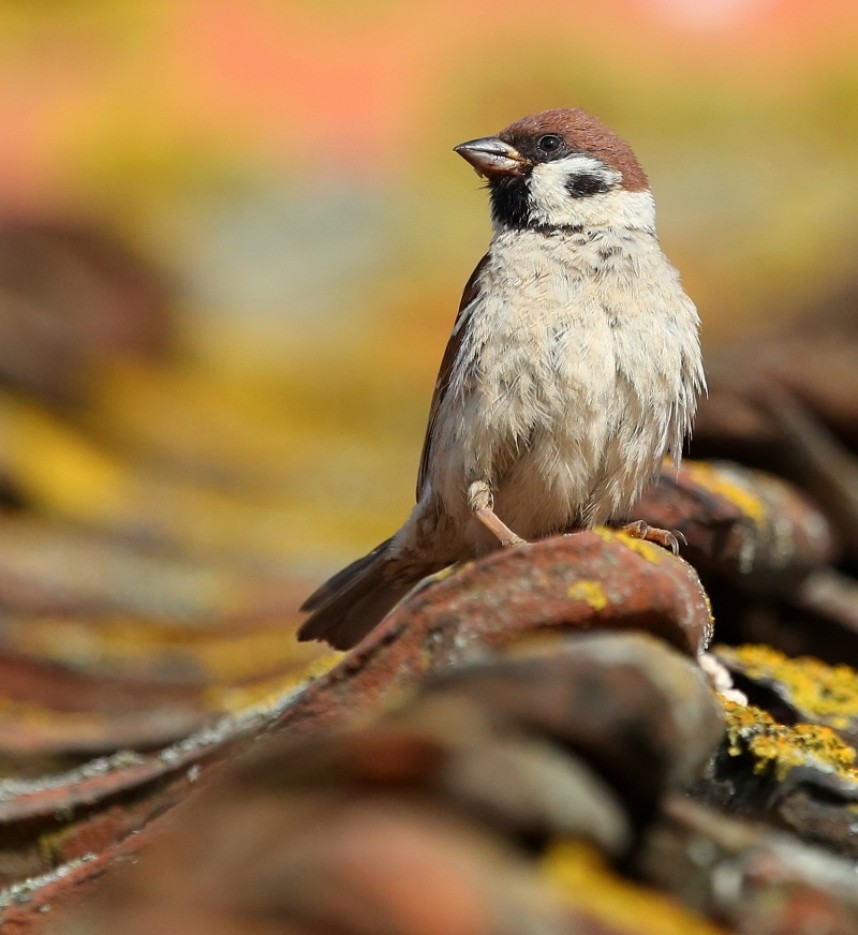
Tree Sparrow © Dan Lombard
Out on the coast seabirds which have bred in northern Europe and the Arctic are making their way south past our shores. One of the most brutal and exciting of these is the Great Skua. These fantastic birds are nicknamed Bonxie which comes from an Old Norse name meaning bunke heap or a dumpy body. Bunke heap certainly seems appropriate when you see one sat on the sea! In the air they are very agile and powerful attacking anything for food even the massive Great Black-backed Gull in this photo taken at sea near Staithes in late August 2016.
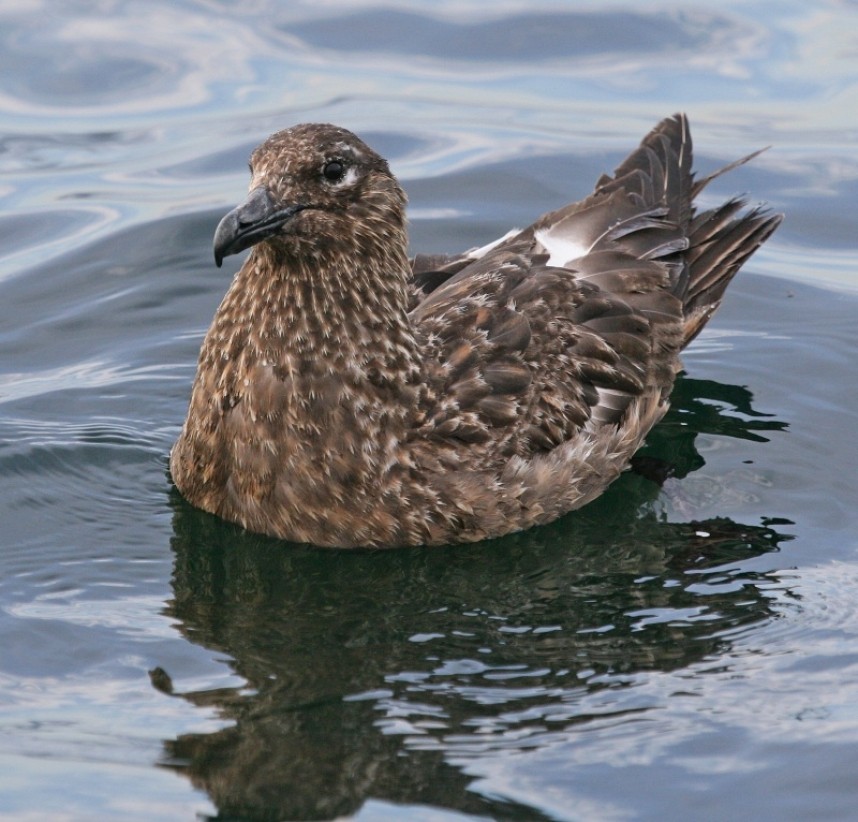
Great Skua © Dan Lombard
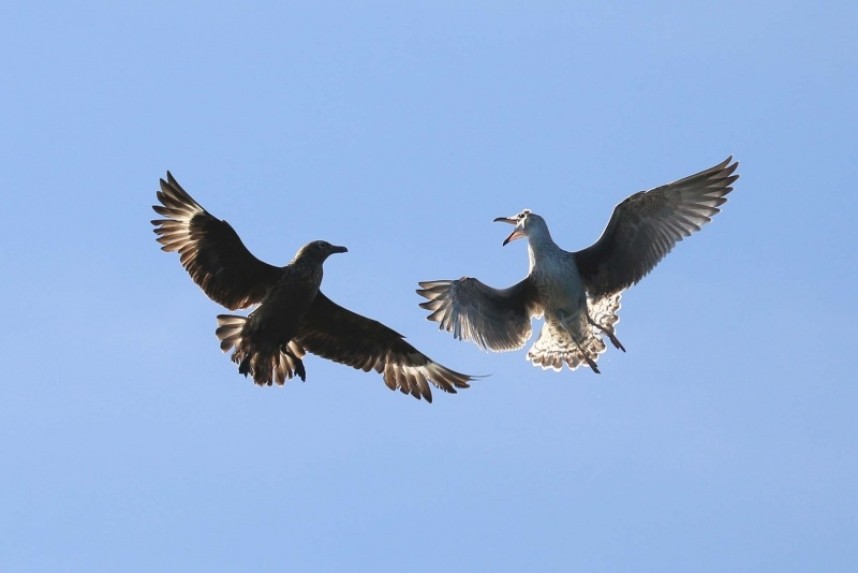
Accompanying these seabirds on their flights south from the arctic are hundreds of thousands of wading birds. Many species of wader finish their breeding season and leave as quickly as possible before the hard weather sets in and food becomes scarce. It’s this food which is the biggest driver as a migration trigger and it doesn’t take long for food to decline as temperature drops. On the rocky North Yorkshire coast look out for Turnstones and Curlew. Further south the Humber Estuary and Spurn Bird Observatory is an amazing area to see the swirling flocks of Knot.
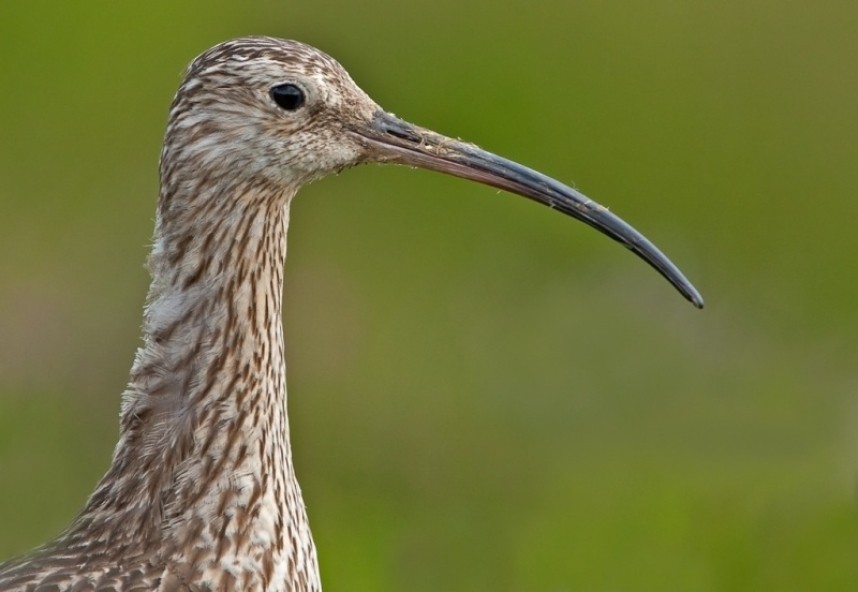
Curlew © Steve Race
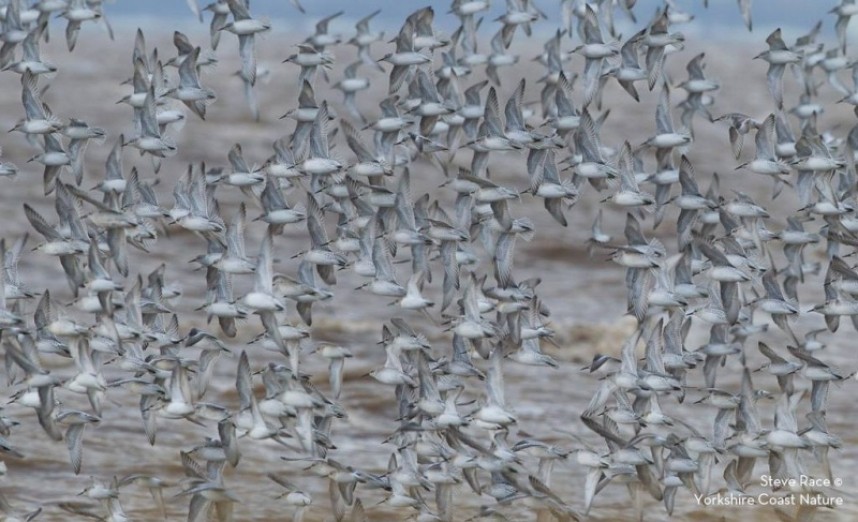
Knot © Steve Race



 Back to Blog
Back to Blog
